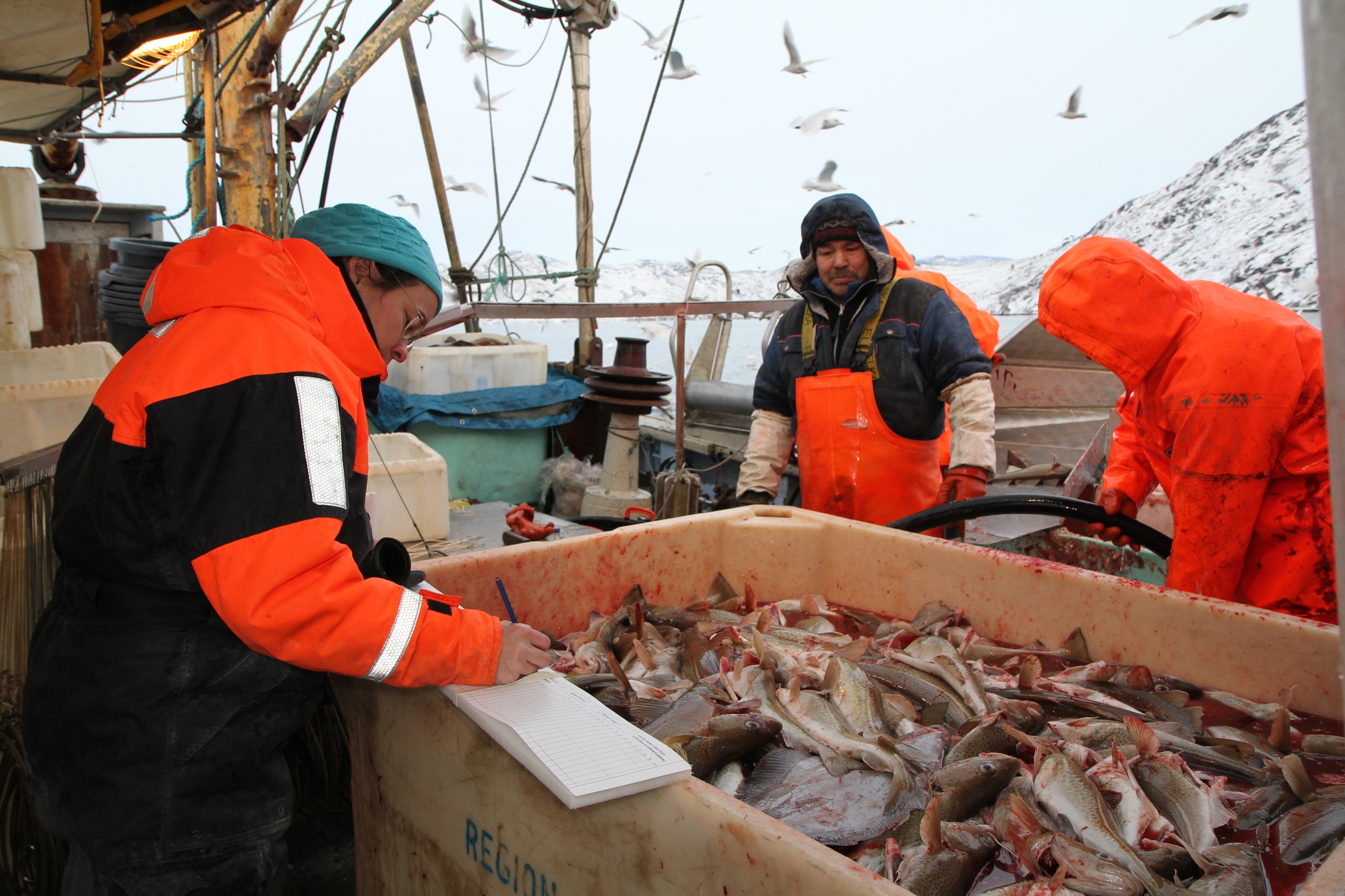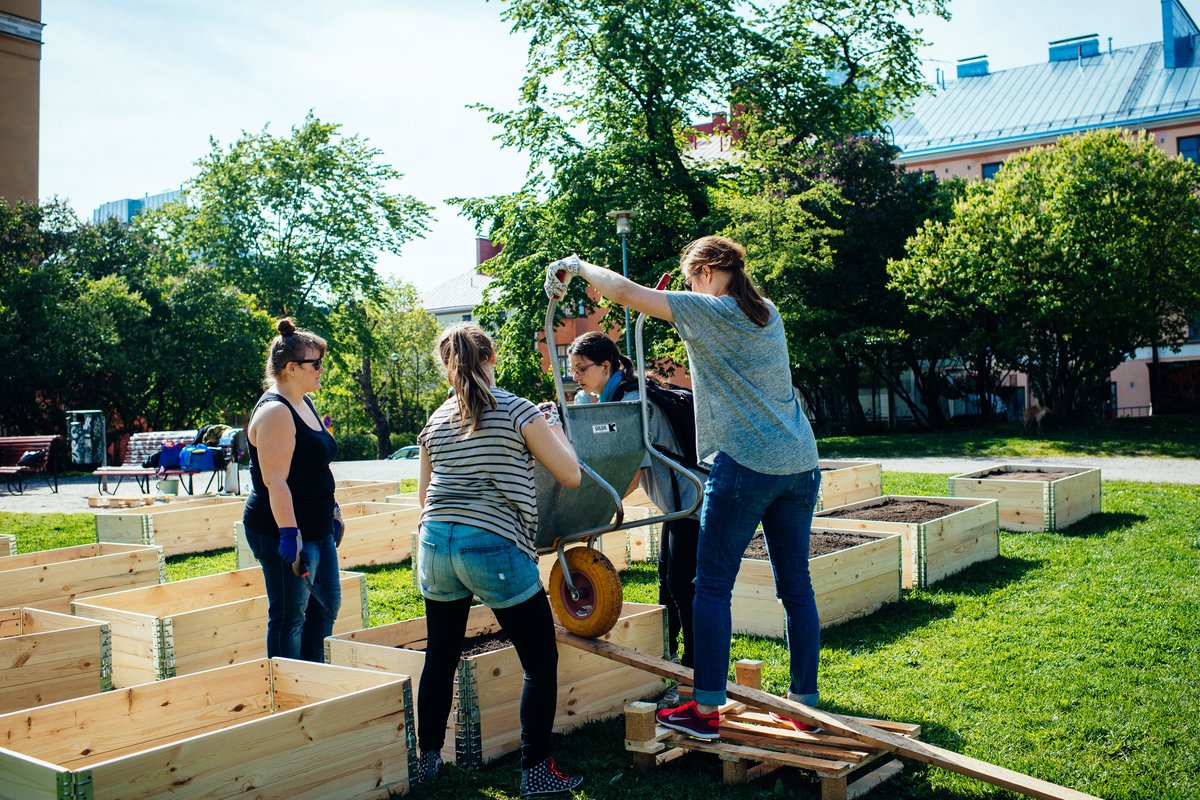2025 12 12
In December 2025, unique data on integration and migration in the Nordic region was updated with recent figures, revealing an increase in the foreign-born population across all Nordic countries. The number of foreign-born individuals from Europe - and Ukraine in particular - has risen substantially following Russia’s full-scale invasion in 2022.


